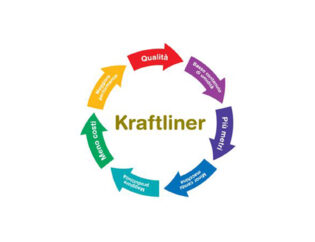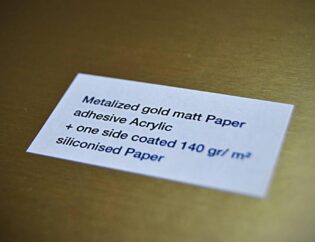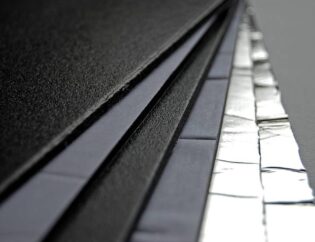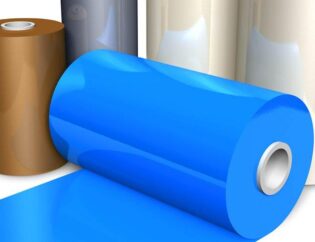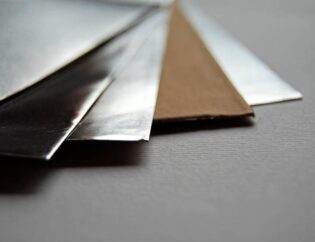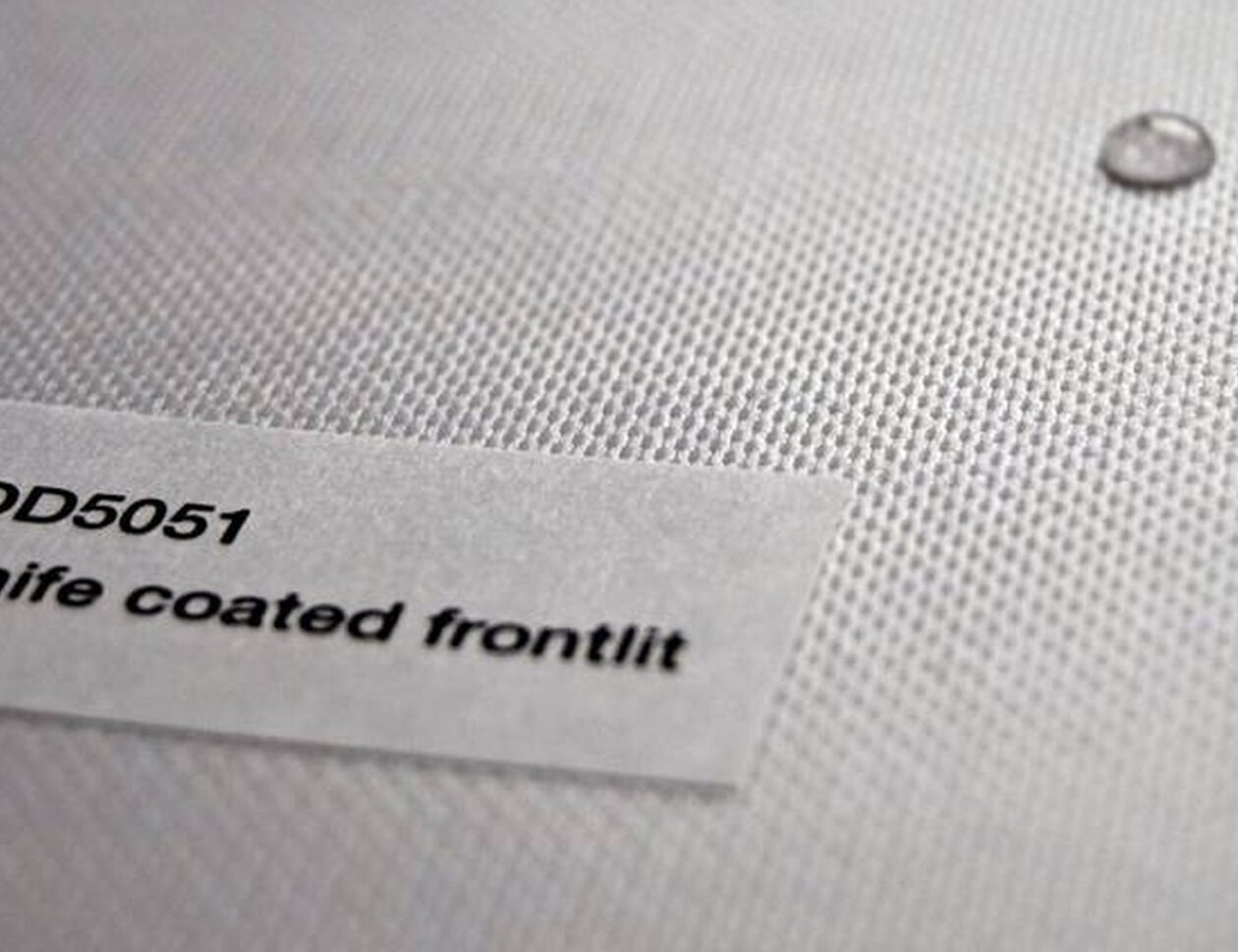
Self-adhesive satin, nonwowen and Tyvec Production
NWF- Non-woven fabric
Non-woven fabric (NWF) is temperature resistant, very thin and is suitable for uneven surfaces.
Nonwoven Fabric is the generic term for an industrial product similar to fabric, yet obtained through procedures other than weaving (intersection of warp and weft threads through the frame) and knitting. Sometimes this matter is also referred to as nonwoven in Italian too, using the English word. The manufacture typically uses fibres arranged in layers or crossed, which are joined together mechanically (e.g. with needles), with adhesives or by thermal processes.
The characteristics of an excellent nonwoven fabric are:
- water repellency
- resistance to low and even high temperatures
- softness, or at least non-abrasiveness to the touch (which makes it suitable for cleaning, removing blemishes or dusting).
A particular process is spunbonded, consisting of the fusion of the polymer, which is then punctured and pressed, improving the softness of the product and the possibility to make very thin.
Industrial uses are among the most diverse, and in recent years nonwoven fabrics and fibres have replaced materials such as polyurethane foams. Among its uses as industrial applications:
- Building industry: to coat or set up ceilings and suspended ceilings. A particular use of a “non-woven” product is the so-called high and very high denier terbond, used as a substrate in buildings (geotextiles). Usually, it is a NWF of continuous polyester filament or polypropylene / polyester staple, produced using spinning, needle punching and / or chemical ligation technologies.
- Interior design: residential and contract furniture: sofas, armchairs, chairs and furnishings often contain some parts of non-woven fabric.
- Medical Clothing: sterile surgical gowns, sterile drapes for the creation of an operative field; headphones and shoe covers are also manufactured.
- Cosmetics: disposable headphones used in cosmetics (e.g. tanning centres, covers for massage beds and lamps, felt pads for beauty salons or swimming pools, swimming pool shoe covers, etc.).
- Daily use: non-woven fabric is also used for the production and use of objects of everyday use, such as sacks, small and large shopping bags, to hold newspapers and miscellaneous.
- Agriculture: protective sheets for plants, vegetables, fruit, in greenhouses or for the development of seeds and vegetables.
- Generic Clothing: footwear production: inner shoe components, clothing straps/pads.
- Industry: filter cloths, packages.
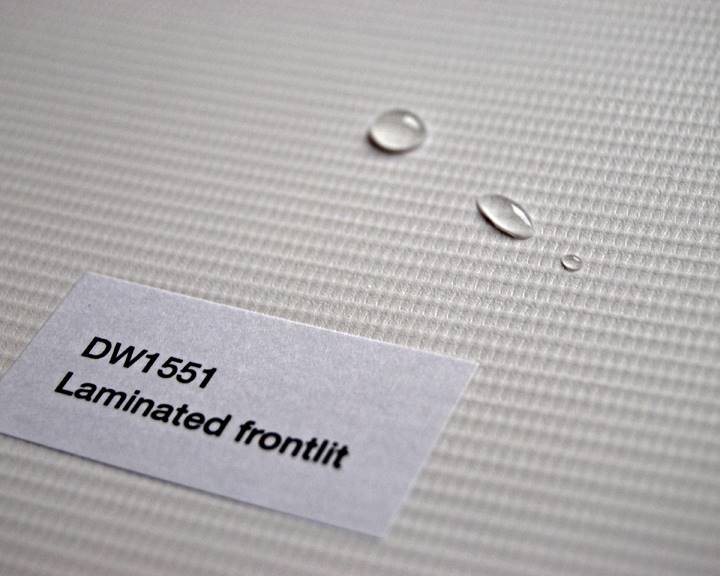
Tyvek
Tyvek is a synthetic material of high density polyethylene fibres. Tyvek is very resistant, difficult to tear but easy to cut with scissors or box cutters. Water vapour can pass through it (it is breathable), but not liquids, so that the material lends itself to a variety of applications, namely: medical bandages, envelopes, car covers, water and air intrusion barriers (housewrap), labels, wristbands, mycology, and graphics.
Among the properties of Tyvek we find:
- Lightness
- Fireproofing (class A).
- Chemical resistance
- Dimensionally stable
- Opacity
- Neutral pH
Material
Micron
Nonwowen
White satin
Tyvec (RY 120)
Tyvec (RY 120) non adhesive
70
70
70
70
Related links:
- Single-sided and double-sided adhesive aluminium
- Self-adhesive and double-sided adhesive PVC Film Production
- Self-adhesive Polyester Film Production
- Self-adhesive Polypropylene Film Production
- Self-adhesive Polyethylene Film Production
- Self-adhesive Polyethylene Foam Production
- Self-adhesive paper production
- Self-adhesive satin, nonwowen and Tyvec Production
- Heat-sealing Kraftliner ribbon production



